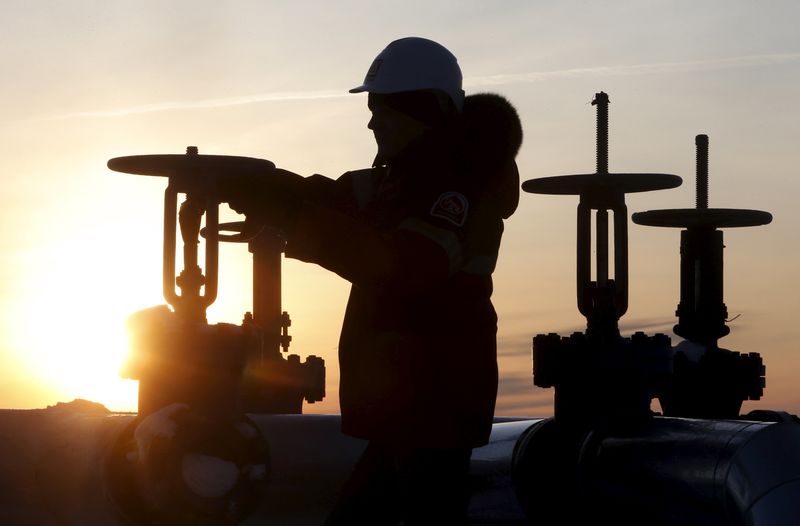By Geoffrey Smith
Investing.com -- Crude oil prices fell on Tuesday amid ongoing concerns about the way forward for the world economy, as talks on a U.S. stimulus package approached a critical deadline and Ireland enforced the stiffest restrictions yet in Europe to stop the swelling second wave of Covid-19 infections.
By 9 AM ET (1300 GMT), U.S. crude futures were down 0.5% at $40.84 a barrel, while the international benchmark Brent futures contract was down 0.5% at $42.89 a barrel.
U.S. gasoline futures were up 0.2% at $1.1648 a gallon, having earlier dipped as low as $1.1520.
“Markets are still left guessing if the U.S. stimulus negotiations will bear fruit today before (House Speaker) Nancy Pelosi’s self-imposed deadline,” said Bjornar Tonhaugen, senior oil market analyst with Rystad Energy, in emailed comments. “A stimulus deal would be a positive surprise for markets and could also support and also support oil prices if confirmed.”
Tonhaugen noted that the dominant mood in the market after Monday’s OPEC+ meeting is uncertainty, given the lack of clarity from the group over what it would take for them to delay their planned production increase at the start of next year.
“Until new demand indicators signal a direction, prices are not likely to move significantly,” Tonhaugen said.
There was little lasting reaction to President Donald Trump’s latest intervention in the market, which was too far from reality to be taken seriously.
"The OPEC Monopoly must remember that gas prices are up & they are doing little to than,” Trump said via Twitter. In fact, over the last 15 years, RBOB futures have only briefly been lower than where they are now, and even then only at moments of intense volatility such as in 2008 and 2016.
“If anything, they are driving prices higher as the United States defends many of their members for very little $'s. This must be a two way street. REDUCE PRICING NOW!" Trump added.
Trump’s desire for lower prices comes at a time when the U.S. oil and gas industry is facing wholesale job destruction due to prices that are already too low for much of it to make a profit.
U.S. demand appears to be faltering as a fresh wave of Covid-19 rolls through the majority of states, notably in the upper Midwest. Whether it’s having any effect on overall demand levels may be illustrated by the American Petroleum Institute’s weekly stockpile data at 4:30 PM. Inventories have fallen in 11 of the last 13 weeks, as output from the shale patch has dried up. Analysts expect only a marginal decline in crude stockpiles for last week, however.
